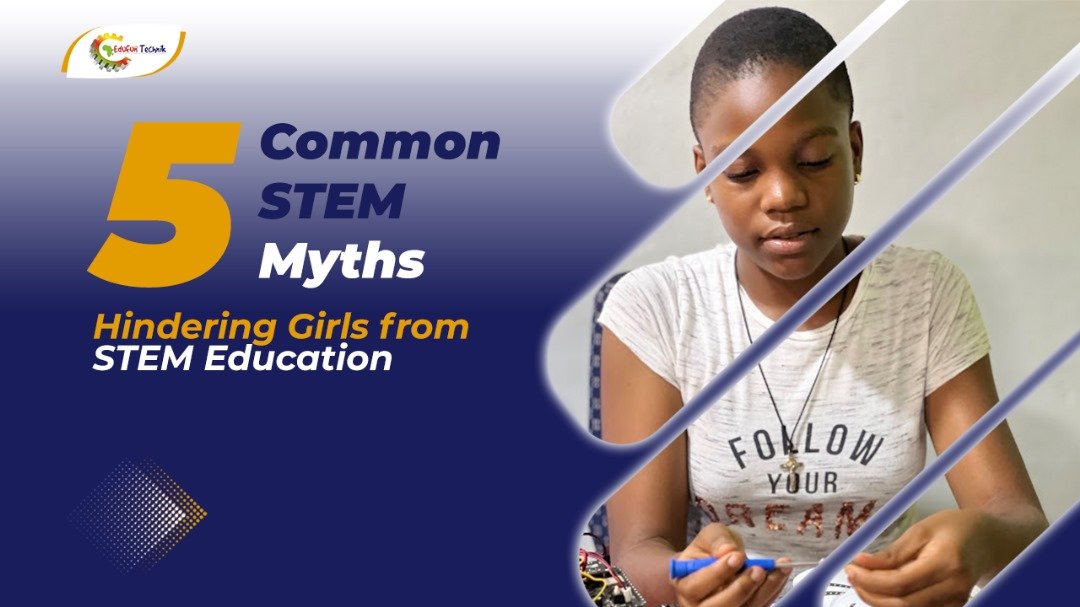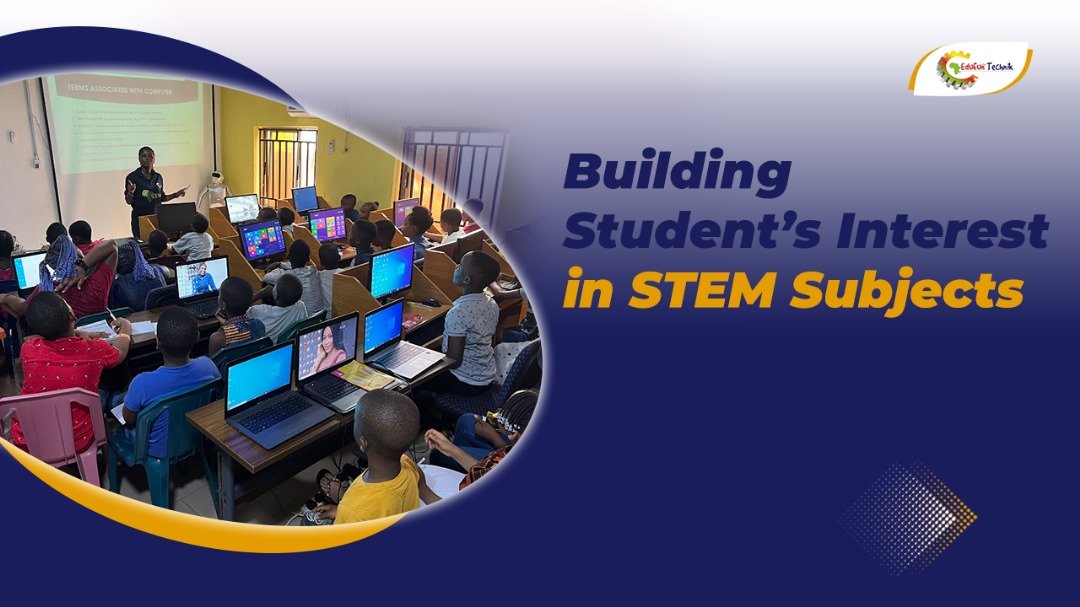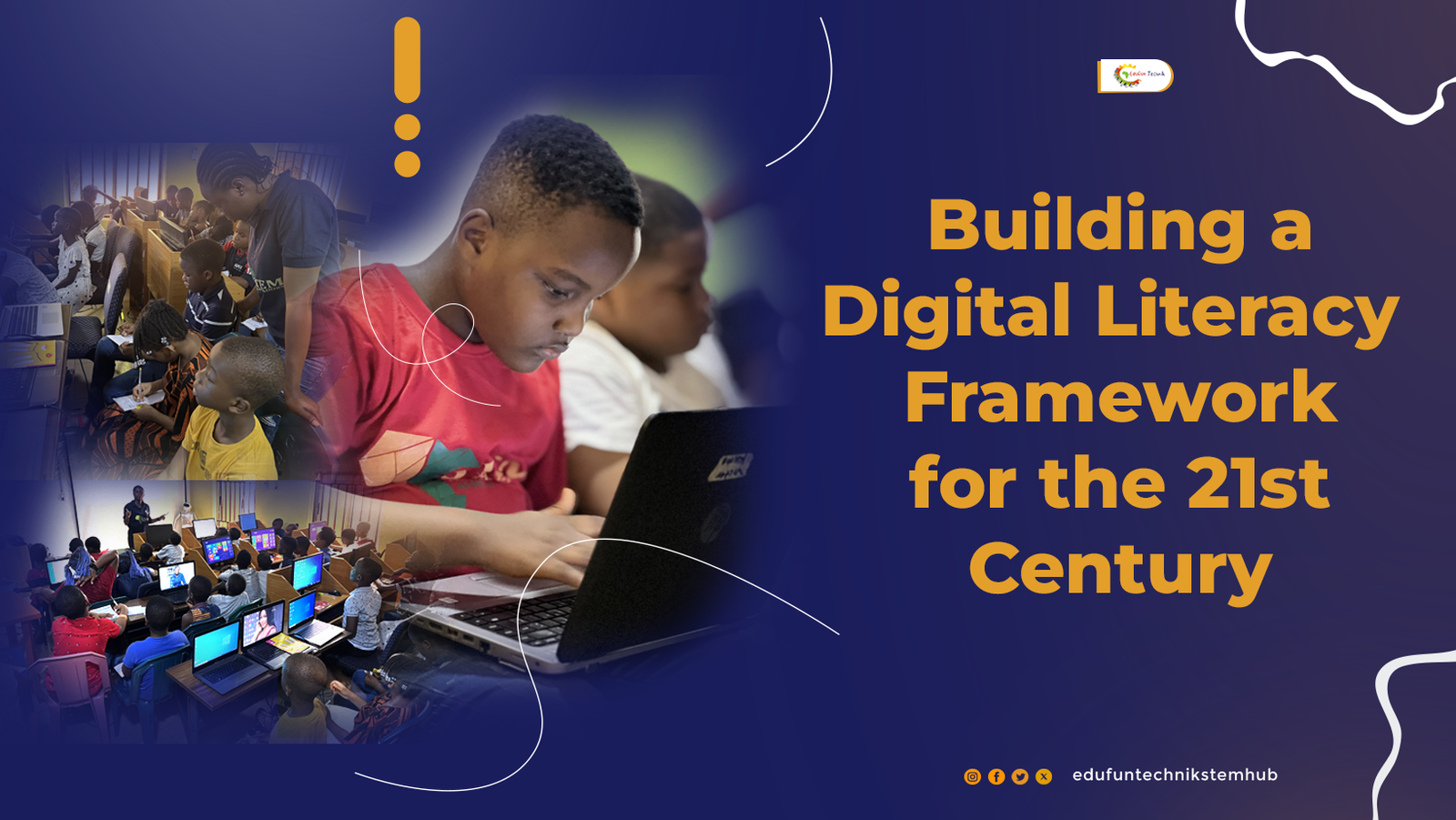Note this: STEM is a way of learning and thinking that helps students solve problems, ask good questions, and make smart decisions. STEM is more than just science or math, and is not only for scientists or engineers. Every child should learn STEM because it builds strong thinking skills that last a lifetime.
In this article, we will explain seven important STEM concepts every student should understand. These are the building blocks that help children grow into confident problem-solvers and curious learners.
1. Critical Thinking
Critical thinking means looking at something closely, asking questions, and not just believing everything you hear. It is like being a detective. You search for clues, check the facts, and try to find the truth.
In STEM, students use critical thinking when they read data, test ideas, or solve problems. It helps them think before acting and make smart choices.
For example, if a website says a new phone battery lasts longer, a critical thinker would ask, “How do they know that? Who tested it? Was the test fair?”
Dr. Linda Elder from The Foundation for Critical Thinking explains that critical thinking helps students think clearly and learn independently. It is not just about knowing facts. It is about thinking deeply.
2. Curiosity
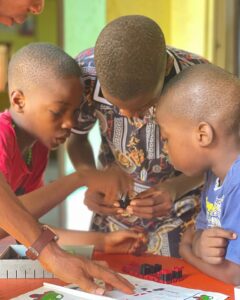
Curiosity is the desire to learn and know more. It is when you wonder, “Why is the sky blue?” or “How does my phone work?”
This natural interest is what leads people to explore and discover new things. Many scientists began with a simple question. For example, Alexander Fleming discovered penicillin because he wondered why mold was killing bacteria in his lab.
A curious child may notice a plant growing differently and ask why. That one question can lead to a science project, an experiment, or even a future career.
Curiosity is important in STEM because it drives learning. According study, children who show curiosity tend to do better in school and problem-solving.
3. Logic
Logic means thinking in steps that make sense. It helps students figure out why something happens and what might happen next.
In STEM, logic is used to solve problems, create plans, or write code. For example, if a student is writing a computer program, logic helps them figure out what comes first, what happens next, and how each part fits together.
If a phone is not charging, a logical thinker might check the cable, then the plug, then the power source. This step-by-step thinking helps find the real cause.
Logic is also used in math to solve word problems, in science to test ideas, and in engineering to design safe buildings. It is a key part of smart thinking.
4. Problem Solving
Problem-solving means finding answers to challenges. It is not just fixing things. It is looking at a problem, thinking of ideas, and trying different ways to solve it.
STEM teaches students how to break big problems into smaller ones. For example, if a robot is not working, students can test each part to find what is wrong. They might check the wheels, sensors, or battery.
NASA scientists used strong problem-solving skills during the Apollo 13 mission. When something went wrong in space, the team used the tools they had to bring the astronauts back safely. This shows how solving problems can save lives.
Educators from MIT say that teaching students to be problem-solvers helps them in school and in real life. They learn not to give up but to keep trying.
5. Observation
Observation means paying close attention to what you see, hear, or feel. It helps students notice small details that others may miss.
Good scientists and engineers watch carefully. For example, Charles Darwin noticed tiny changes in bird beaks. These small differences helped him come up with the idea of evolution.
A student doing a science experiment may notice that one plant grows faster than another. That small observation could lead to asking why, testing ideas, and learning something new.
Observation builds focus and helps students become better learners. It teaches them to ask, “What do I notice? What is changing?”
6. Experimentation
Experimentation means testing your ideas. In STEM, this is how students learn what works and what does not. It involves setting up tests, trying different things, and checking results.
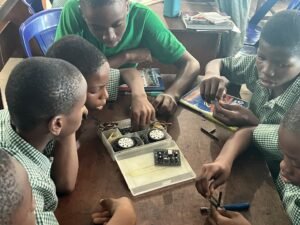
The scientific method is based on experimentation. You ask a question, make a guess (called a hypothesis), test it, and see what happens.
For example, if you think plants grow faster with music, you can grow two plants: one with music and one without. You measure the growth and compare. That is a real experiment.
The U.S. National Science Teaching Association says hands-on experiments help students understand science better and remember what they learn.
7. Pattern Recognition
Pattern recognition is the skill of noticing things that repeat. It helps students make sense of big problems by finding smaller patterns.
In math, this could mean seeing that numbers follow a rule. In science, it could mean noticing that the weather changes regularly. In coding, it could mean finding errors that keep repeating.
When students learn to find patterns, they get better at solving problems. They can also make predictions about what might happen next.
For instance, if a student notices that the sun rises later every day in December, they may learn how seasons and time work together.
Pattern recognition is a strong STEM skill because it helps students find meaning in data and understand how things are connected.
Putting It All Together
These seven concepts work together. A curious child starts asking questions. They observe closely, notice patterns, and use logic to test ideas. They solve problems by thinking clearly and trying new things. They do not give up because they believe learning is a process.
Dr. Carol Dweck from Stanford University explains that students who believe they can grow their abilities tend to do better. This “growth mindset” matches perfectly with STEM learning.
STEM education includes building minds that are sharp, thoughtful, and ready to solve real-world problems. When students learn these core skills, they are ready for anything.
Teachers, parents, and mentors can help by encouraging questions, supporting projects, and showing that mistakes are part of learning. Every child, no matter where they live or what school they attend, deserves a chance to build these skills.
Let us help our kids build these skills, not just for school, but for life.



